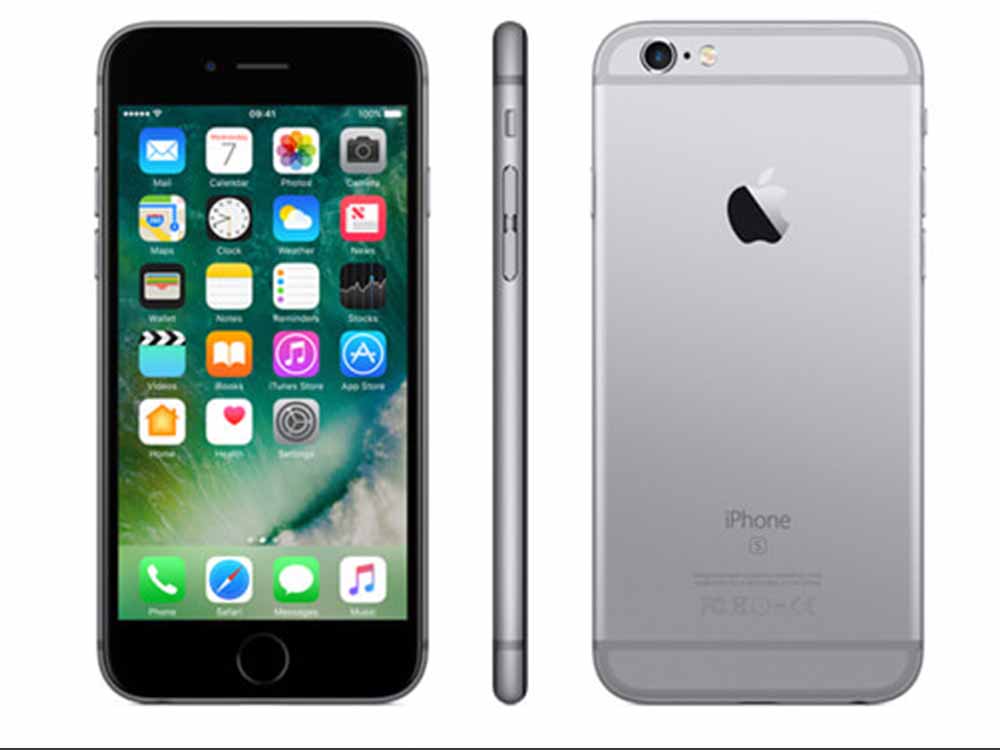iPhone 6S in 2016: The Evolution of a Classic
The year 2016 marked an important chapter in the history of Apple’s iPhone with the iPhone 6S. This comprehensive breakdown explores the background, design, key features, technological advancements, and impact of this iconic device, which represented an evolution of a classic.
Background and the Legacy of the iPhone 6
The iPhone 6S followed in the footsteps of the immensely popular iPhone 6, which was released in 2014. The iPhone 6 had introduced a larger form factor, a sleek aluminum design, and significant advancements in processing power and camera capabilities. The iPhone 6S aimed to build upon this legacy.
Design and Aesthetic Enhancements
The iPhone 6S maintained the design elements of the iPhone 6, featuring a 4.7-inch Retina HD display and an aluminum unibody construction. However, it introduced several key aesthetic enhancements:
- Rose Gold Finish: The iPhone 6S introduced the Rose Gold color option, expanding the available choices to Space Gray, Silver, Gold, and Rose Gold.
- Stronger Aluminum: Apple used a stronger series 7000 aluminum alloy for the chassis, addressing concerns about bending that had arisen with the iPhone 6.
Technological Advancements
The iPhone 6S was equipped with several technological advancements:
- 3D Touch: One of the standout features was 3D Touch, a pressure-sensitive display technology that enabled “Peek” and “Pop” gestures, allowing users to access shortcuts and previews with varying degrees of pressure.
- A9 Chip: It was powered by the A9 chip with 64-bit architecture, providing enhanced speed and efficiency.
- 12-Megapixel Camera: The device featured a 12-megapixel rear camera, offering improved image quality and support for 4K video recording.
- Stereo Speakers: Apple introduced stereo speakers for the first time in an iPhone, delivering a more immersive audio experience for music, videos, and calls.
The Impact on Photography
The camera enhancements in the iPhone 6S were particularly significant:
- 4K Video: The ability to shoot 4K video marked a major step forward for mobile videography, enabling users to capture stunning, high-resolution footage.
- Live Photos: The introduction of Live Photos allowed users to capture brief moments before and after a photo was taken, adding a new dimension to still images.
- Improved Low-Light Performance: The upgraded camera sensor and image signal processor improved low-light photography, resulting in clearer and more detailed photos in challenging conditions.











